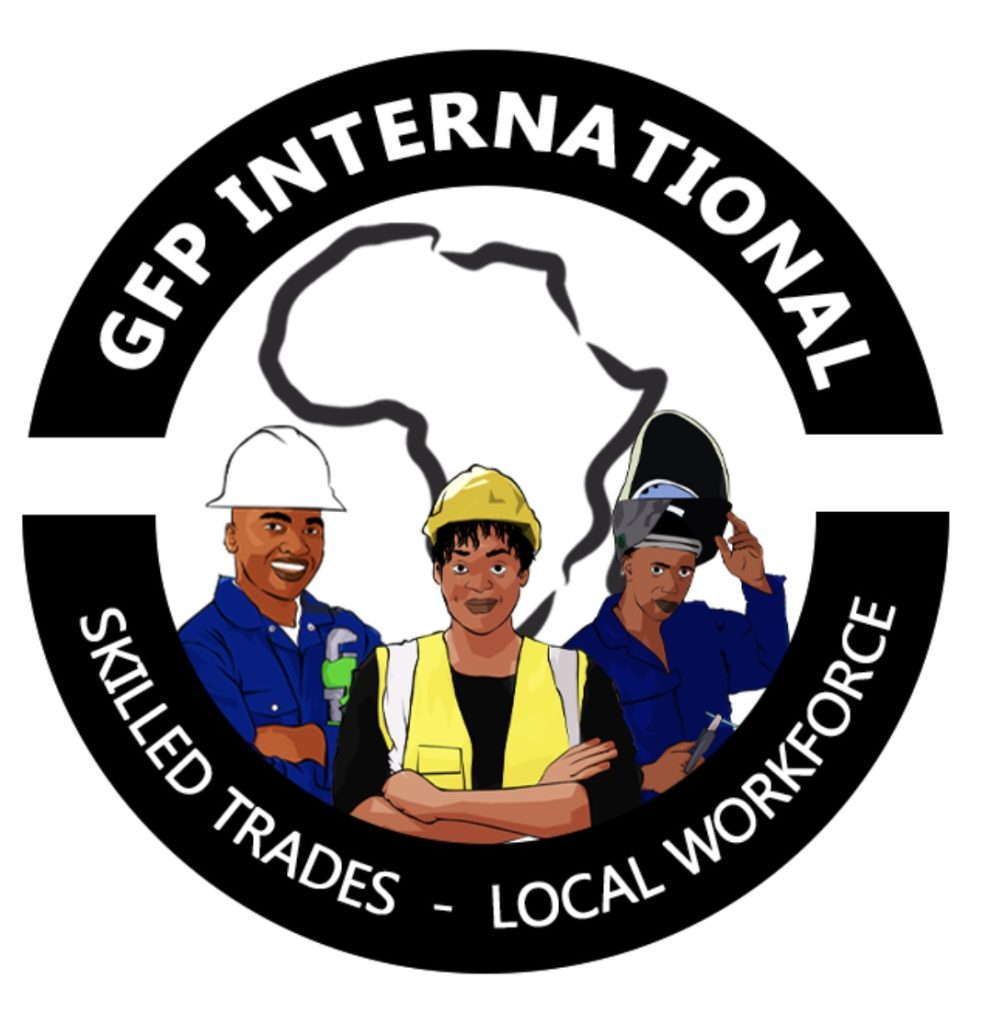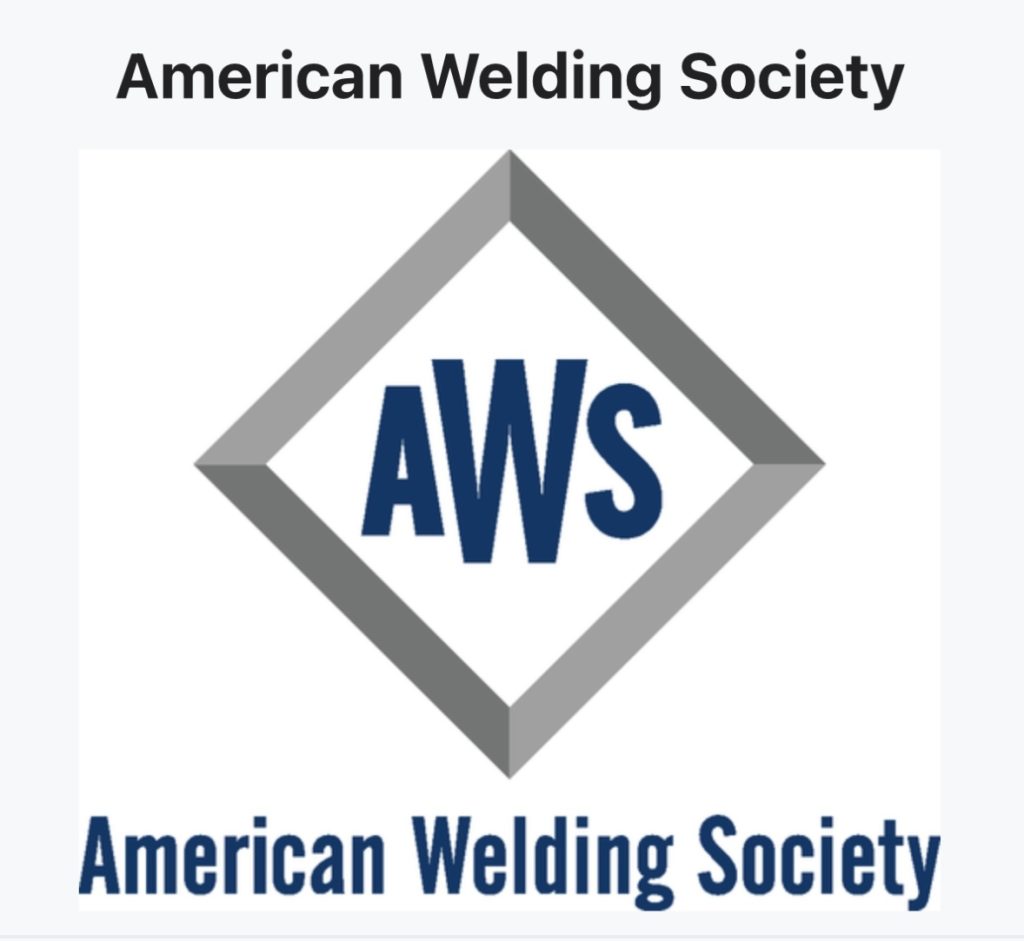Pipelines

Liquid Natural Gas

Offshore Development

Pipelines

Liquid Natural Gas
As reported by research and consulting firm Wood Mackenzie, Africa is the beginning of an $800 billion USD upstream oil and gas investment cycle that will see liquified natural gas (LNG) emerge as a major investment theme alongside traditional deepwater oil.” [1] Currently, the continents work force does not have the skills necessary to meet the demand of these investments. For example, the planned $40 billion LNG plant in Tanzania being planned by ExxonMobil, Shell and Equinor and other partners is forecast to need 15,000 workers at the peak of construction, and 5,000 long term employees.[2] We know from evaluation of past LNG projects that approximately 3,000 of these 15,000 workers will need to be certified industrial welders. If one simply extrapolates these numbers to an $800 billion investment, it means that 300,000 skilled workers will be involved in these developments during construction, and 100,000 permanent jobs will be created. Our “back of the envelope” estimate is that the continent will need up to 50,000 skilled and certified welders to perform this upstream work.
The rush to develop Africa’s energy resources is underway, and the shortage of skilled welders is already being felt, impacting projects across the continent. Europe is nearly 100% reliant on energy imports. Africa remains one of the final frontiers of oil and gas exploration and development, and outside of South Africa, the continent does not have welding schools capable of training students for this industry.
Project managers and company executives who run industrial companies rarely look behind the curtains of welding schools to know what is required to train the skilled workforces needed to complete their projects. In the typical scenario, projects meet a crisis point when skilled workers cannot be found before executives act or pay attention to the problem. Production companies rely on their contractors to find skilled labor. But when the contractors are engaged, it is too late to develop the workforce needed.
[1] https://www.woodmac.com/press-releases
[2] https://sautikubwa.org/

Skilled trades needed – while worldwide welders in short supply.
Energy projects of all kinds are facing a serious lack of welders and other skilled trades, and this shortage represents a significant risk to project investors. Unless this issue is addressed quickly at a large scale, projects will be subject to schedule delays and cost overruns.
Once completed, natural gas develoments have the potential to transform the African economies into economic powerhouses. Below find a map of the major natural gas distribution systems across the United States where over 60% of homes use natural gas, and many industries rely on gas for heat and processes. Africa has none of this in place. It will all be coming over the next ten years.

How Big is This Problem?
Now let’s look at some of the facts we found when inspecting a cross section of East African welding schools in Tanzania, Kenya, Uganda and Rwanda. We found that 85% of a student's time was spent on learning welding theory and technology, and only 15% on skills practice.[1]
[1] Gap analysis performed by GFP International.

In contrast, current programs which lead to welder certification spend 85% of time on skill practice, and only 15% of time on theory. In general, welding schools in East Africa had one or two welding machines for each ten students. In certified schools, there is a welding booth for each student, and each booth typically has two welding machines for different processes. This means that a certified welding school requires five to ten times the number of welding machines to produce the same number of graduates, but with certifications. This will normally require larger and better equipped training facilities.
African Skills and Development Ltd is prepared to support GFP International execute a large scale accelerated program to upgrade welding schools across Africa.



